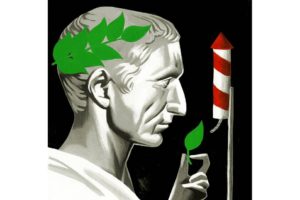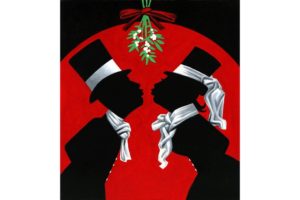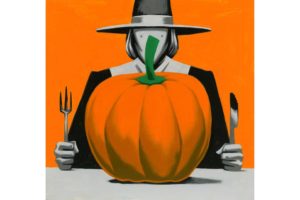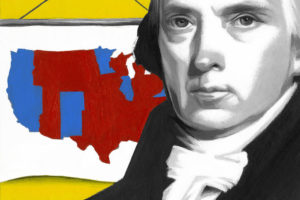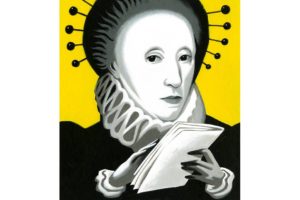Why ‘The Greatest Show on Earth’ foundered—and what’s next
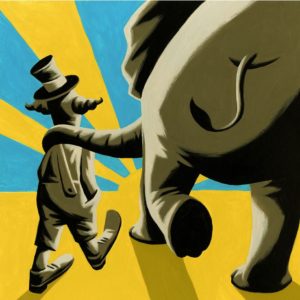
ILLUSTRATION: THOMAS FUCHS
The modern circus, which celebrates its 250th anniversary this year, has attracted such famous fans as Queen Victoria, Charles Dickens and Ernest Hemingway, who wrote in 1953, “It’s the only spectacle I know that, while you watch it, gives the quality of a truly happy dream.”
Recently, however, the “happy dream” has struggled with lawsuits, high-profile bankruptcies and killer clown scares inspired in part by the evil Pennywise in Stephen King’s “It.” Even the new Hugh Jackman -led circus film, “The Greatest Showman,” comes with an ironic twist. The surprise hit—about the legendary impresario P.T. Barnum, co-founder of “The Greatest Show on Earth”—arrives on the heels of last year’s closing of the actual Ringling Bros., Barnum and Bailey Circus, after 146 years in business.
The word circus is Roman, but Roman and modern circuses do not share the same roots. Rome’s giant Circus Maximus, which could hold some 150,000 people, was more of a sporting arena than a theatrical venue, built to hold races, athletic competitions and executions. The Roman satirist Juvenal was alluding to the popular appeal of such spectacles when he coined the phrase “bread and circuses,” assailing citizens’ lack of interest in politics.







